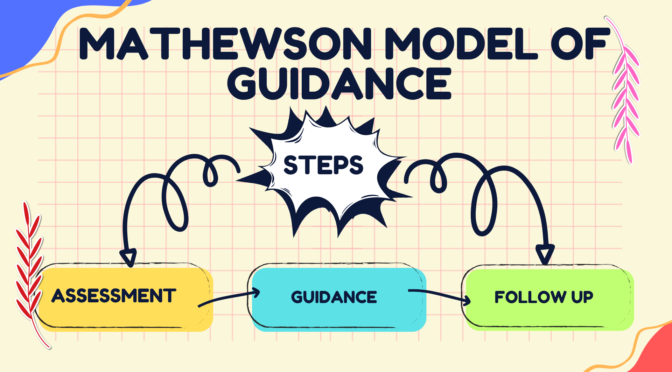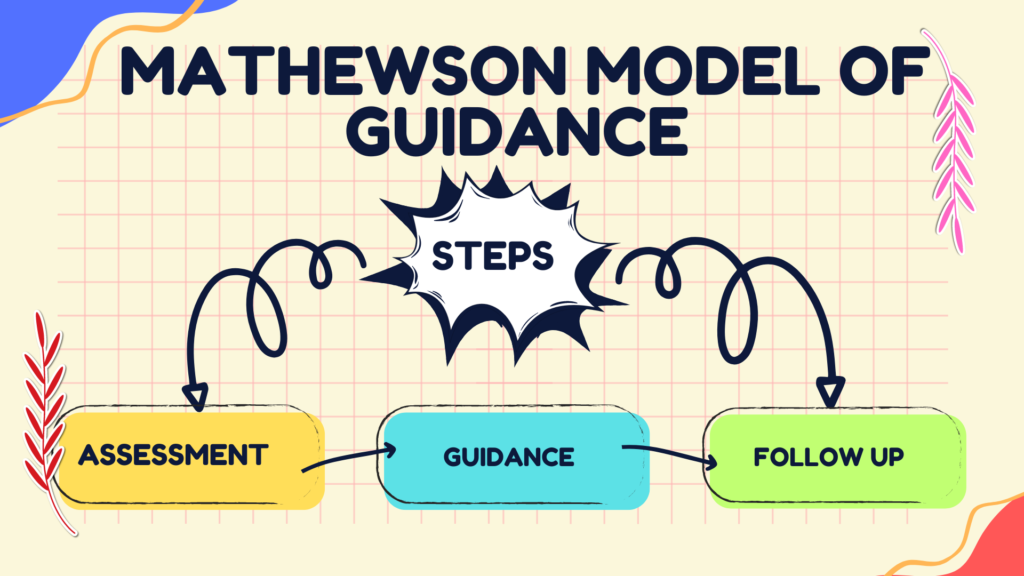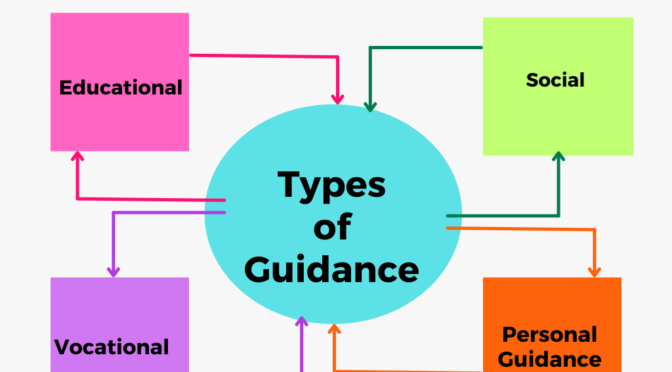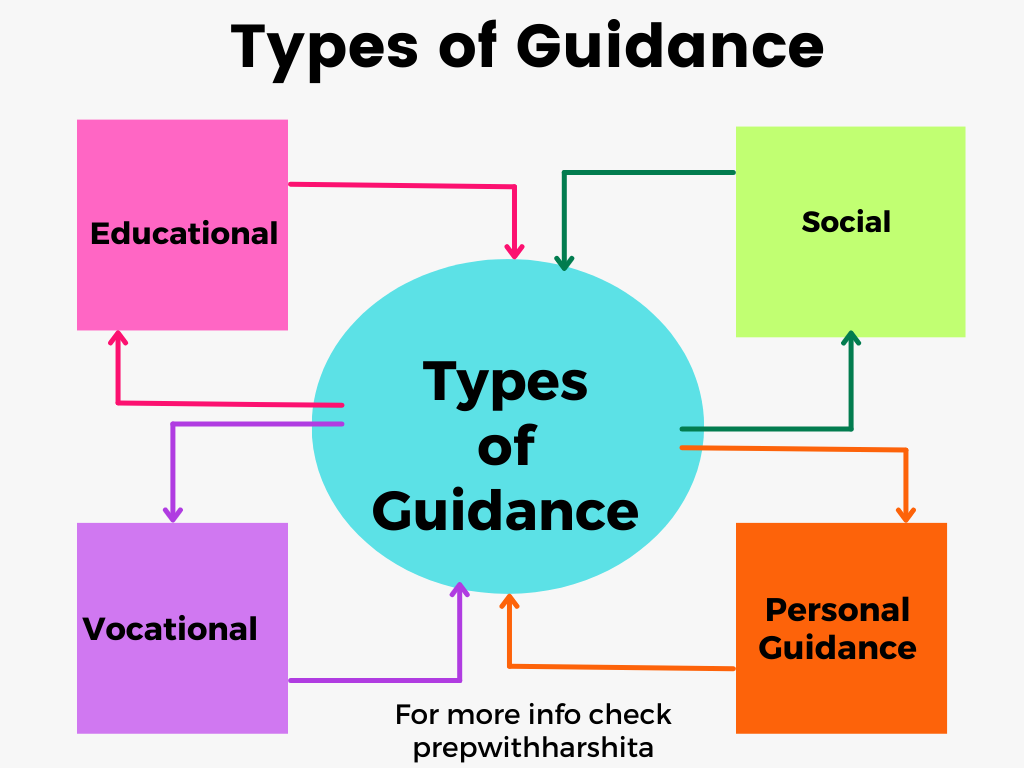The Sholen’s Model of Guidance is a theoretical framework for counseling that was developed by Dr. Richard Shollenberger, a prominent counselor and educator.
This model is based on the idea that the counseling process involves three key stages, namely the establishment of a therapeutic relationship, exploration of the client’s issues and concerns, and the development of a plan for change.
The Sholen’s Model of Guidance involves the following three stages:
- Relationship Building: The first stage in this model of guidance is relationship building. This involves establishing a safe, trusting, and supportive relationship between the counselor and client. The counselor works to create a comfortable and non-judgmental environment that allows the client to feel heard and understood. The counselor may use various communication techniques such as active listening, empathy, and rapport-building to establish a strong therapeutic relationship.
- Exploration of Issues and Concerns: The second stage in the this model of Guidance is exploration of the client’s issues and concerns. This involves helping the client to identify and explore the underlying causes of their problems. The counselor may use various techniques such as open-ended questioning, reflective listening, and exploration of feelings and thoughts to help the client gain insight into their issues.
- Development of a Plan for Change: The final stage in this model of Guidance is the development of a plan for change. This involves working with the client to identify concrete goals and develop a plan for achieving those goals. The counselor may help the client to develop strategies for overcoming obstacles and managing setbacks. The plan for change is developed collaboratively between the counselor and client, and is tailored to the client’s unique needs and circumstances.
Overall, the Sholen’s Model of Guidance emphasizes the importance of a strong therapeutic relationship and the development of a personalized plan for change. By focusing on these key elements, counselors can help clients to overcome their problems and achieve their goals.
The Sholen’s Model of Guidance is widely used in counseling and has been shown to be effective in helping clients make positive changes in their lives.
Also Read : Approaches of Counselling
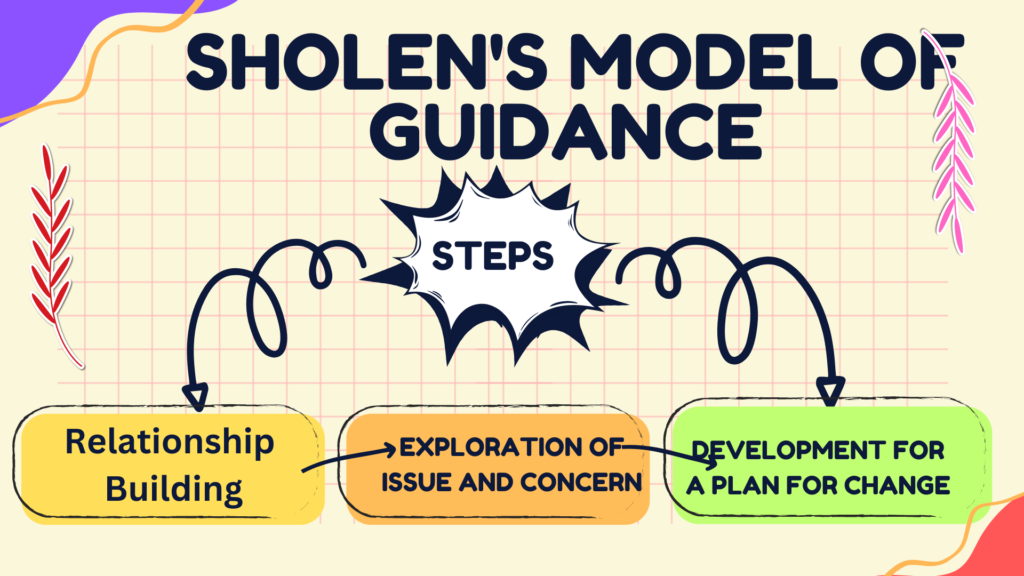
Also Visit : Prep with Harshita


